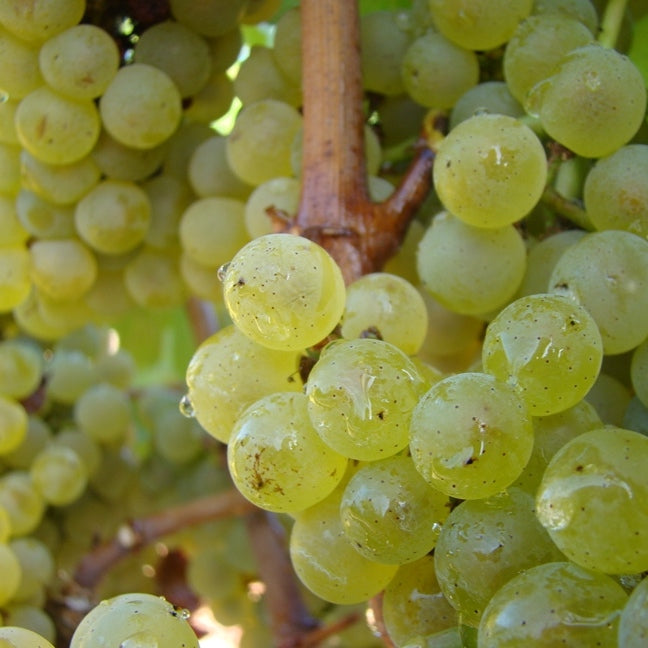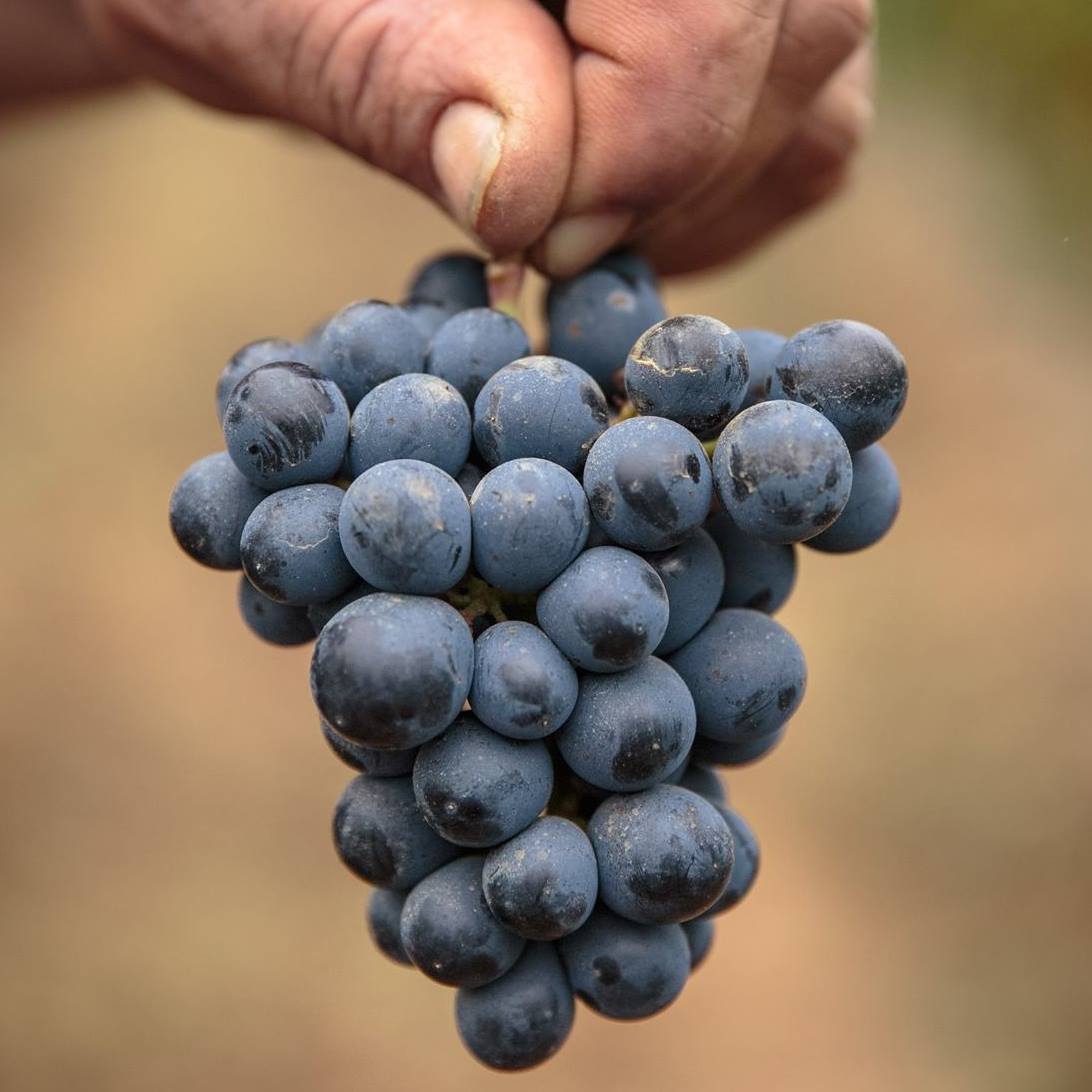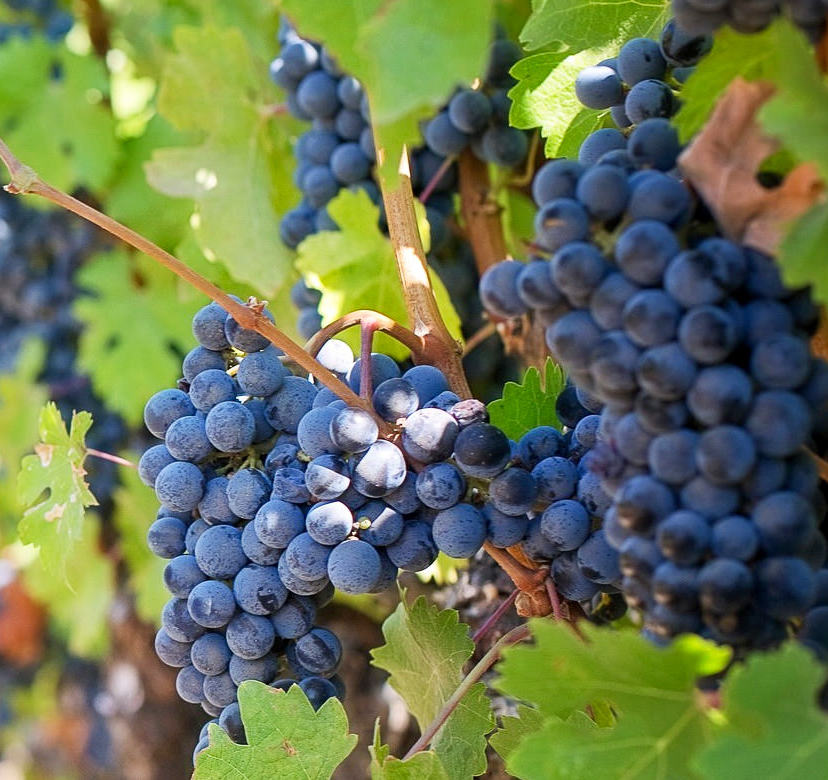Your basket is empty
Already have an account? Log in to check out faster.
Already have an account? Log in to check out faster.
The Campolargo family can trace their winegrowing heritage in Bairrada back to the 1920s, when patriarch Martinho—a farmer from Mogofores—first cultivated grapes in the region. Uncommon for the time, he separated the interplanted red and white grapes from their field blends to vinify them separately. His white wines, non-traditional for the region, were highly prized.
Martinho sold his wine in bulk to local bottlers, as did his son Manuel who took over upon his father’s death in the late 1960s. It is with his sons, Carlos and Jorge, that the family Campolargo brand was launched, with the first wines under their own label harvested from the 2000 vintage. Today, Carlos and Jorge are joined by the fourth generation, Joana Campolargo.
The Campolargo family was instrumental in the expansion of Bairrada’s wine laws to include a larger suite of grapes beyond the traditional Baga. They have long been recognized for their experimentation, introducing both native Portuguese and French varieties to their vineyards. As such, they bottle a wide assortment of both still and sparkling wines ranging from wonderfully classic in style to excitingly inventive.
Campolargo owns 170 hectares of vineyards across two Bairrada properties: Quinta de São Mateus and Quinta de Vale de Azar. They attribute their ability to successfully craft such a diverse portfolio to the changing exposures and mesoclimates experienced across their expansive property.
In 2004, Campolargo completed construction on their state-of-the-art cellar. They employed gravity-flow design (whereby each step of the winemaking process sits one level beneath the last) to optimize for gentle handling of the wines. All harvesting is performed by hand and Campolargo relies exclusively on ambient yeasts for spontaneous fermentation.

Now recognized as one of Portugal’s finest wine regions—a hotbed of young, innovative talent and capable of yielding Portuguese reds of unparalleled elegance—Bairrada has not always enjoyed the accolades and appreciation it experiences today. While the region claims Roman origins and later was an important provider of wines to nearby Coimbra and, further, Porto, by the late 18th century the Marquês de Pombal demanded all vines be uprooted in Bairrada in an effort to protect the Port industry to the north.
Vineyards were reintroduced at the end of Pombal’s tenure in 1777, but Bairrada’s recent centuries remained frought. Only demarcated as an official Portuguese wine region in 1979, Bairrada was long a producer of bulk wines, and often ones hard to enjoy. The tricky Baga grape is notoriously difficult to cultivate, and when underripe yields vegetal, aggressive wines. This style dominated Bairrada wines of the mid-20th century, as did a series of off-dry sparkling Baga rosés—including Mateus, which remains a category leader.
Thankfully, Bairrada’s fortunes have reversed in recent decades. New generations of quality-minded artisan winegrowers have learned how to properly work with Baga, and the result is a unique suite of wines distinctly more finessed than the typical Portuguese red. Although Baga still leads plantings, the region has also greatly diversified, welcoming a portfolio of indigenous Portuguese grapes, both white and red. Further, Bairrada remains a critical source of espumante (Portugese sparkling wine) made in the traditional method.
Bairrada is surrounded by water on three sides: the Vouga and Mondego Rivers to the north and south, and the Atlantic to the west. Undulating between sea level and 500 meters in elevation, the region climbs the foothills of the Serras do Buçaco whose mountains barricade Bairrada to the east. The name Bairrada may derive from bairro or “quarter,” but it may also reference barro, meaning “clay.” Indeed, the region is covered in calcareous clay, with outcroppings of Jurassic and Triassic limestone said to contribute to the stony elegance of Bairrada wines.
Bairrada is largely defined by its oceanic influence, and winegrowers face a host of obstacles in their proximity to the tempestuous Atlantic. Heavy autumn rains challenge the ability to properly ripen Baga. Nevertheless, the difficult climate gives way to a cooler more restrained expression of Iberia, and winegrowers often talk of a maritime taste to their wines.

